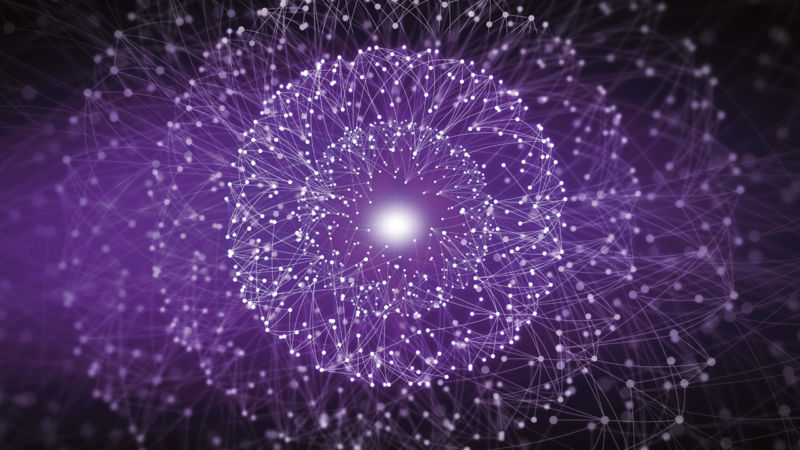It might not be who you think.
Most companies organize and communicate from the top down. This approach assumes senior leaders hold the most influential roles. But, what if we shift traditional thought and view our companies as networks as opposed to organizations? Understanding the difference between the two can uncover powerful intercompany connections too often overlooked.
While an organization initiates communication from a hierarchical perspective (think: email messages from senior leadership and town hall-style meetings), a network identifies influential employees and uses them as a catalyst to affect real change.
So, how do you begin to harness your company’s network of influencers? The first step is to change the way you look at your structure.
Uncovering invisible connections
While most companies use an organizational chart to explain where employees fit, it’s much more useful to understand how your company shares information by looking at the connections employees make across hierarchical lines.
“All organizations have informal networks, beside the formal structures,” says Jeppe Vilstrup Hansgaard, CEO of Innovisor, a consulting firm blazing the trail on importance of organizational networks. “The problem is few leaders know how to leverage these networks.”
Organizational hierarchy vs. networks

According to Innovisor, three percent of people within an organization directly influence 90 percent of people within an organization. So, if your company is going through a time of change (or not), you should focus your time and energy on this three percent.
Consider this example: After 12,000 Thomson Reuters technology employees from various business groups were brought together under a singular structure, the company partnered with Innovisor to administer a survey. In it, technology employees were asked to name 15 people with whom they connected regularly; six people who they found to be highly sympathetic; and six people whom they found highly competent. They were also asked to name one expert in several key areas of technology, including artificial intelligence, cloud, security, etc.
Armed with 8,000 responses, Innovisor was able to identify individuals who had the most influence and played specific roles within their teams. Thomson Reuters then leveraged those connections to their advantage.
“By understanding who our influencers were, we could connect them to our leaders for deeper insight—and for their help in accelerating change,” says Nicholas Creswell, Vice President of Talent & Development for Thomson Reuters. “We also connected our experts with each other to build communities of expertise.”
Types of people within organizational networks
- THE CONNECTOR
- Who they are: Employees who link individual subgroups of staff.
- How you use them: Build a shortcut to connectors to help information flow through your business more freely.
2. THE BROKER
- Who they are: Employees who act as bridges (or bottlenecks) between subgroups.
- How to use them: Use them to share information or monitor them to ensure information does not get stuck.
3. THE INFLUENCER
- Who they are: Friendly and competent employees who have their pulse on how the organization is feeling.
- How to use them: If you are thinking about accelerating change, the influencer is key. According to Innovisor, these individuals can influence 10x as many people as the average employee.
Using network data to foster inclusion
The influencer network data at Thomson Reuters also exposed demographic discrepancies, specifically when it came to underrepresented groups with the technology organization. From generational data to information on location, tenure and gender, uncovering networks showed some disparity in terms of who influencers were. The upside, however, was the ability to make change.
“The partnership with Innovisor uncovered who our influencers were, where they were located, how long they had been with the company, etc.,” said Creswell. “As someone who is fiercely passionate about inclusion, it was disconcerting to discover that some barriers existed to becoming an influencer. However, the beauty of this exercise was that we became empowered to foster deeper and broader connections amongst these underrepresented groups.”
For more information on Innovisor, visit their website at https://www.innovisor.com.






